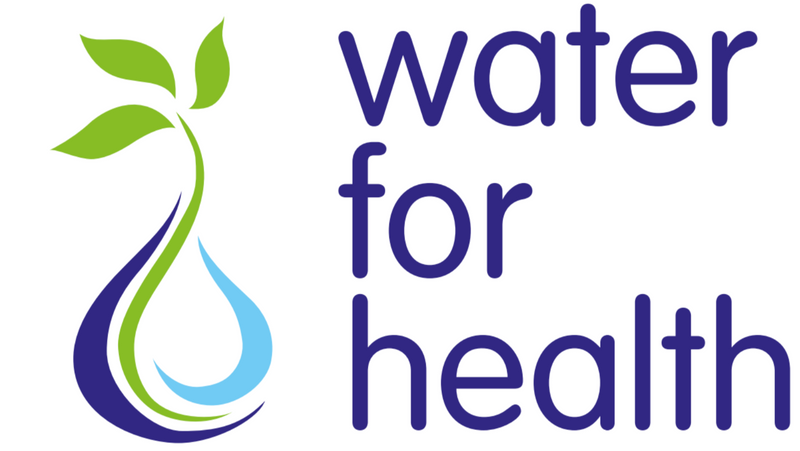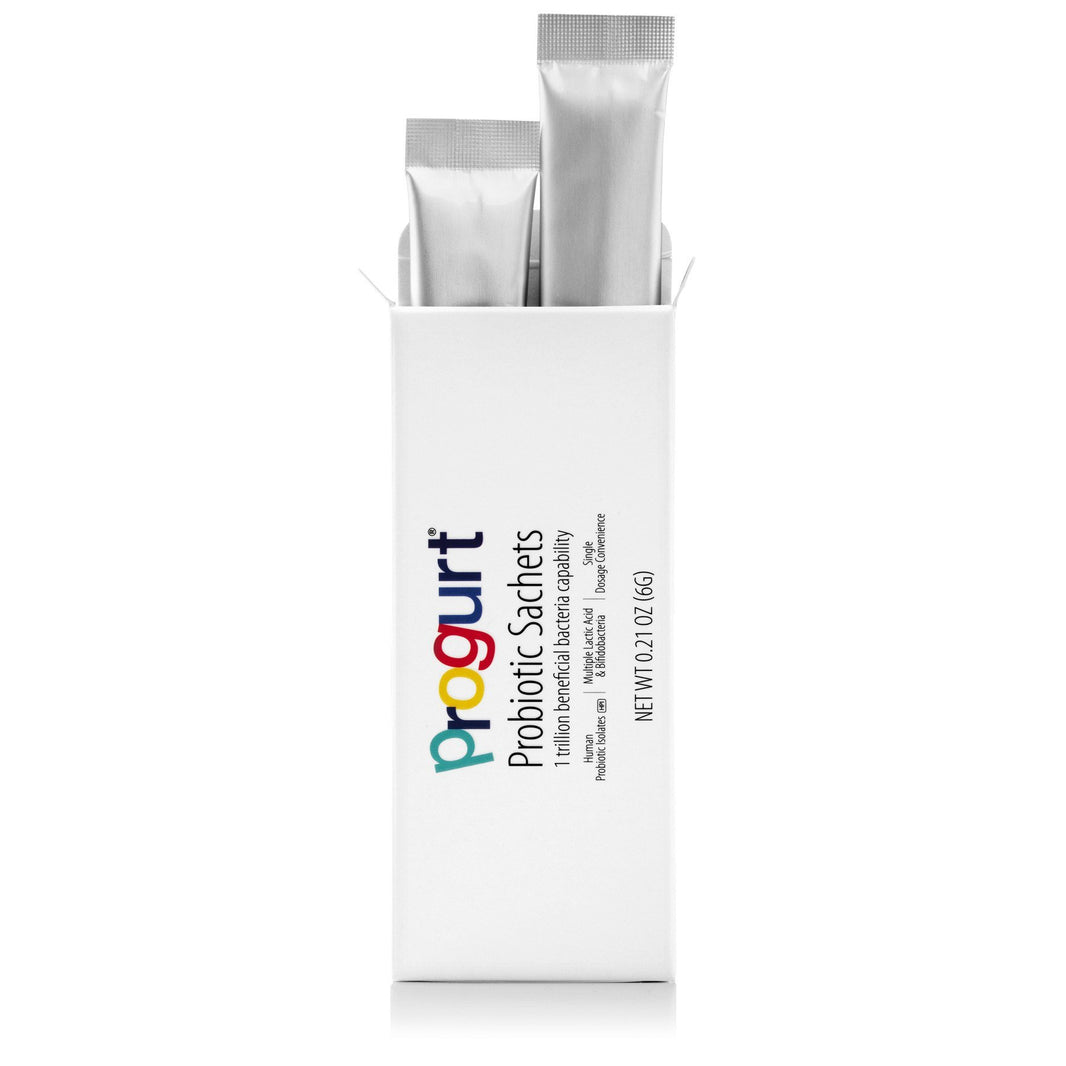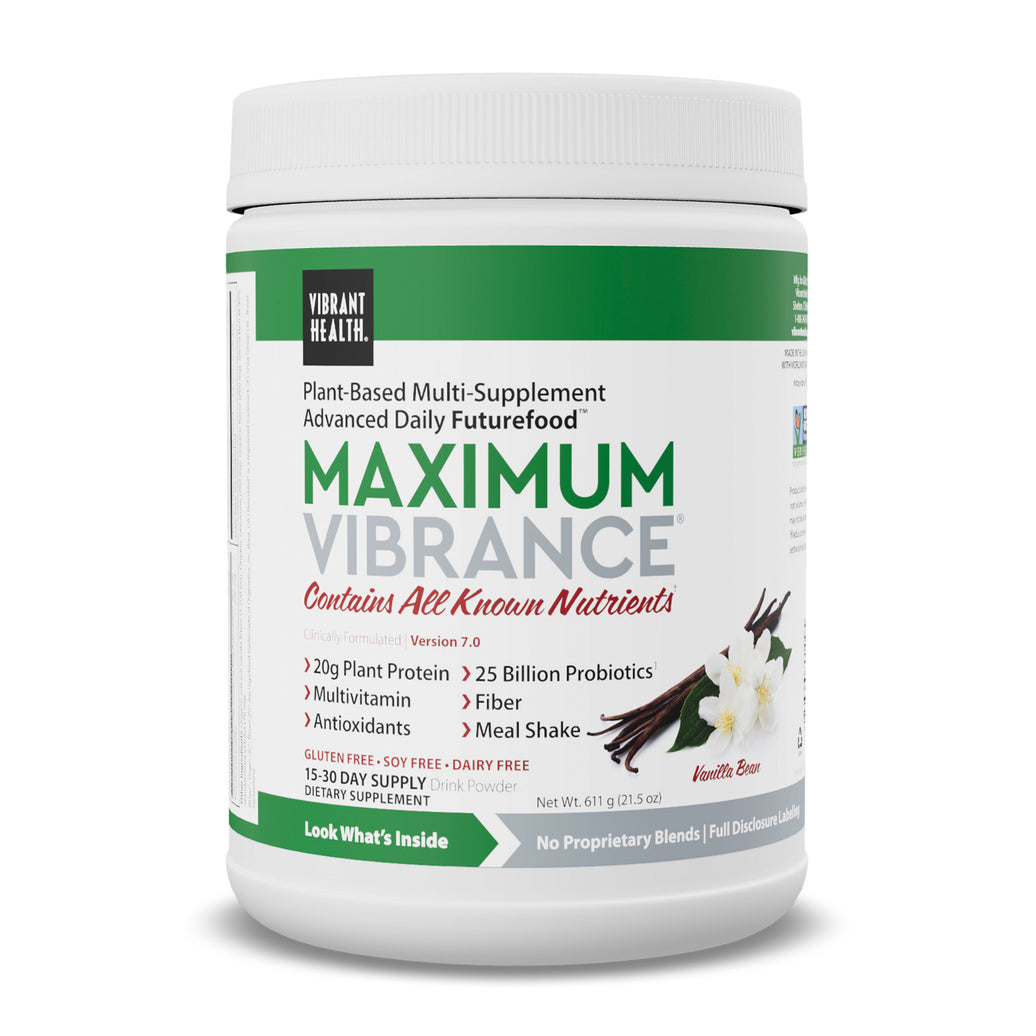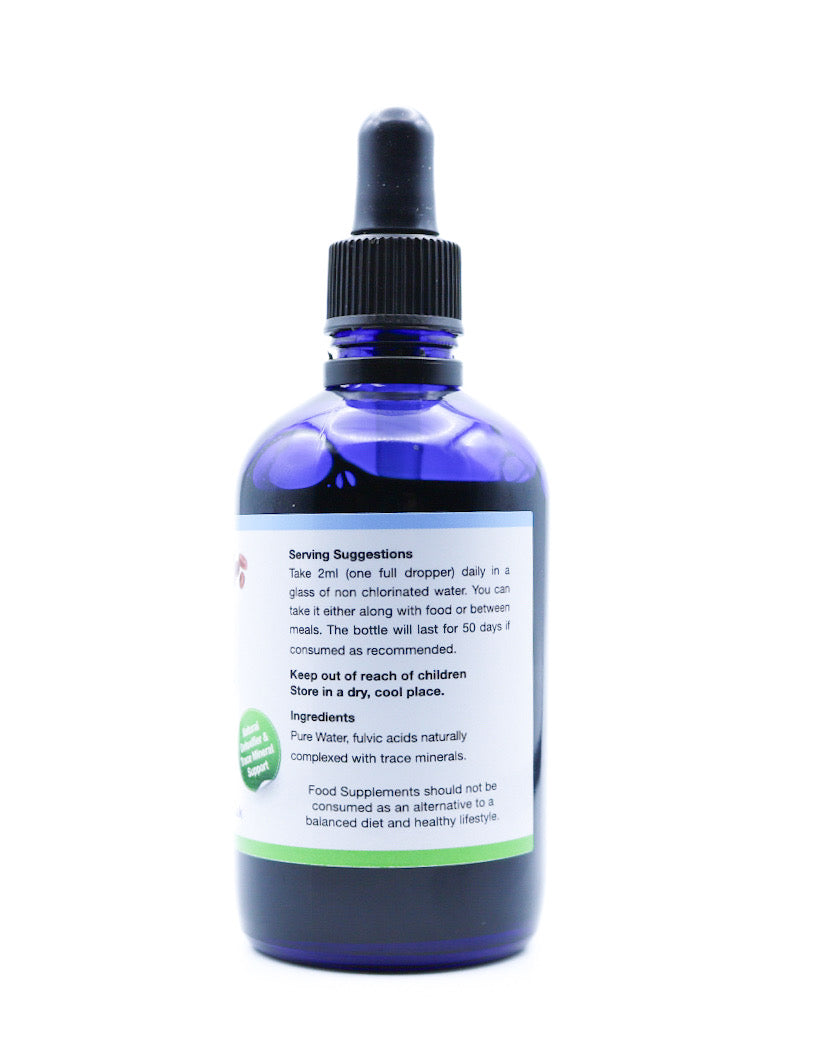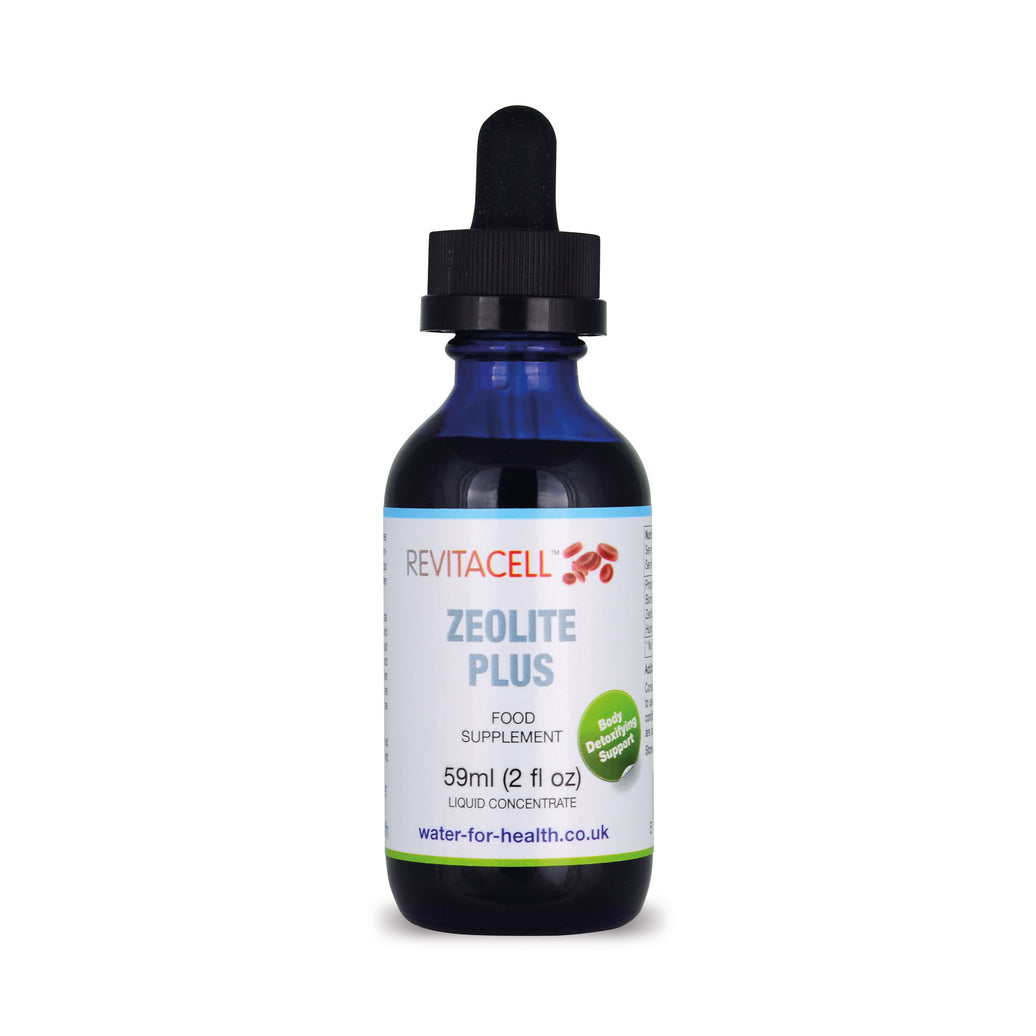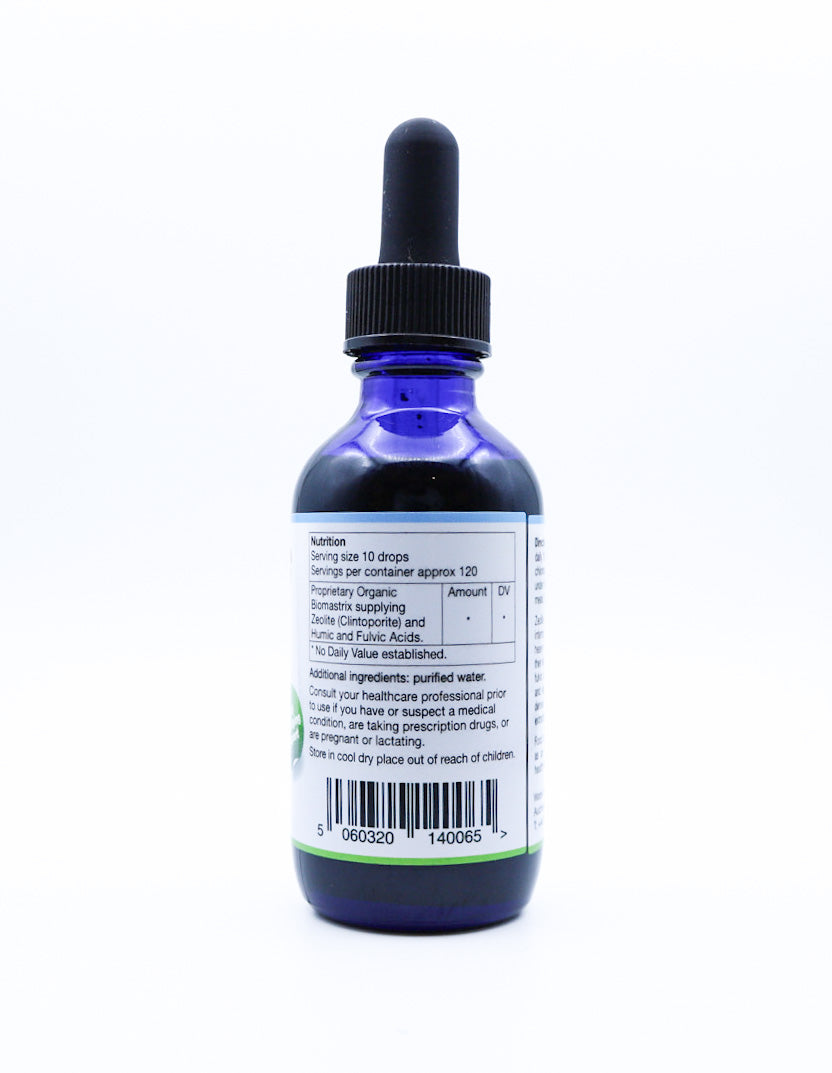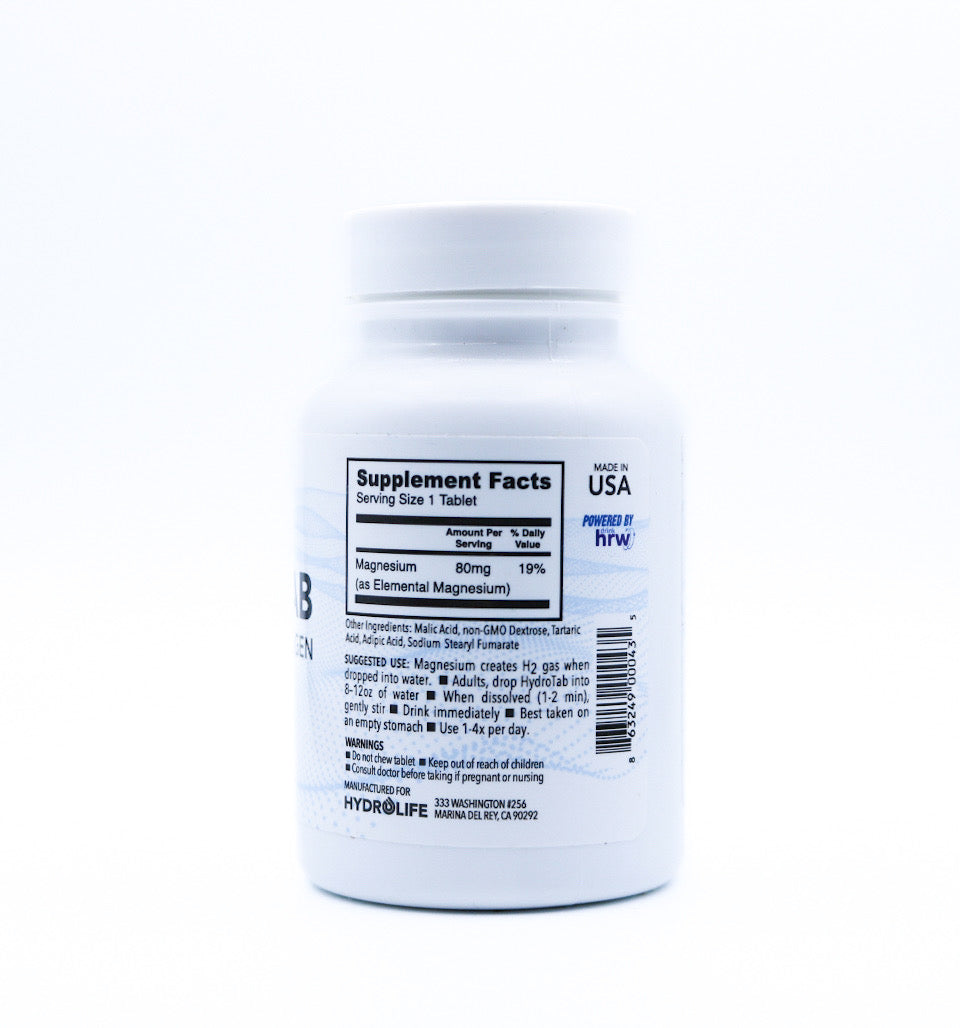Introduction to the Importance of Vitamin D for Overall Health
Vitamin D, often referred to as the "sunshine vitamin," is crucial for maintaining overall health and well-being. It plays a vital role in various bodily functions, including calcium absorption, bone health, immune system support, and even mood regulation. Despite its importance, many people fail to get enough vitamin D, even during the sunniest months of the year.
Primary Sources of Vitamin D and the Role of Sunlight
Vitamin D can be obtained from three primary sources: sunlight, certain foods, and supplements (1). Sunlight is the most significant source, as ultraviolet B (UVB) rays from the sun trigger vitamin D synthesis in the skin. Foods rich in vitamin D include oily fish (such as salmon and mackerel), egg yolks, and fortified products like milk and cereals (1). Supplements can also help individuals reach their recommended daily intake, particularly for those with limited sun exposure or dietary restrictions.
Potential Reasons for Low Vitamin D Levels in Summer
1. Use of Sunscreen
While sunscreen is essential for protecting the skin from harmful UV rays, it can also block the skin's ability to synthesise vitamin D. A high SPF sunscreen can reduce vitamin D production by up to 95% (2).
2. Time Spent Indoors
Modern lifestyles often involve spending significant amounts of time indoors, whether at work, school, or home. This limits exposure to natural sunlight, even during the summer months.
3. Geographic Location
In the UK, the angle of the sun during certain times of the year can affect the intensity of UVB rays reaching the ground, impacting vitamin D synthesis. Even in summer, variable weather conditions and shorter sunny periods can contribute to insufficient UVB exposure (3).
4. Skin Pigmentation
Individuals with darker skin have higher levels of melanin, which can reduce the skin's ability to produce vitamin D from sunlight (4). This makes them more susceptible to vitamin D deficiency, even with adequate sun exposure.
5. Age and Health Conditions
Older adults and individuals with certain health conditions, such as obesity or chronic illnesses, may have difficulty producing or absorbing vitamin D efficiently (5).
Actionable Tips to Increase Vitamin D Intake Naturally
1. Spend Time Outdoors
Aim to spend at least 15-30 minutes outdoors during midday, when UVB rays are at their peak. Exposing your arms and legs can help increase vitamin D synthesis without the need for prolonged sun exposure.
2. Incorporate Vitamin D-Rich Foods
Include foods high in vitamin D in your diet, such as fatty fish, egg yolks, and fortified products. For vegetarians and vegans, fortified plant-based milks and cereals can also help increase vitamin D levels. However, the fortified type (vitamin D2) is not usually the easiest form for the body to absorb - vitamin D3 is the easiest type (6).
3. Balance Sun Protection with Vitamin D Needs
Use sunscreen wisely by applying it after you've spent a short period in the sun, or use a lower SPF for brief outdoor activities to allow some UVB exposure while still protecting your skin.
4. Consider UV Lamps or Bulbs
For those with limited sun exposure, UV lamps or bulbs designed to provide UVB radiation can help boost vitamin D levels (7). Always use these devices with caution and follow the manufacturer's guidelines.
5. Monitor and Adjust Lifestyle Habits
Be mindful of your daily routine and try to incorporate outdoor activities into your schedule. Simple changes, like walking or gardening, can significantly impact your vitamin D levels.
Benefits of Maintaining Optimal Vitamin D Levels
Maintaining optimal vitamin D levels offers numerous health benefits, including:
- Bone Health: Vitamin D is essential for calcium absorption, which helps maintain strong bones and reduce the risk of fractures and osteoporosis (8).
- Immune Support: Adequate vitamin D levels can enhance the immune system's ability to fight off infections and reduce the risk of autoimmune diseases (9).
- Mood Regulation: Vitamin D has been linked to improved mood and reduced risk of depression. It plays a role in the production of serotonin, a neurotransmitter that influences mood (10).
- Cardiovascular Health: Some studies suggest that vitamin D may contribute to heart health by regulating blood pressure and reducing inflammation (11).
Addressing Common Misconceptions about Vitamin D
1. "I Get Enough Vitamin D from My Diet Alone"
While certain foods are good sources of vitamin D, it can be challenging to obtain sufficient amounts from diet alone, especially for individuals with dietary restrictions. Sunlight exposure remains the most effective way to boost vitamin D levels.
2. "I Don't Need to Worry About Vitamin D in Summer"
Even in summer, factors like sunscreen use, time spent indoors, and geographic location can impact your vitamin D levels. It's essential to be mindful of your sun exposure and dietary intake year-round.
3. "Dark-Skinned Individuals Don't Need Vitamin D Supplements"
People with darker skin are at a higher risk of vitamin D deficiency due to increased melanin levels (4). Supplements can be beneficial for maintaining adequate vitamin D levels, particularly in regions with limited sunlight.
The Role of Vitamin D Supplements in Maintaining Health
For many individuals, supplements are a practical way to ensure adequate vitamin D intake, especially during the months with limited sunlight exposure. Vitamin D3 (cholecalciferol) is the most effective form of supplement, as it mimics the vitamin D produced by the skin. The recommended daily intake varies depending on age and health status, but generally, adults in the UK are advised to take 10 micrograms (400 IU) daily (12). However, optimal levels according to functional medicine recommendations start at 5000 IU per day and go up if needed. A long-term study supported the safety of this much higher dose (13).
Before taking a vitamin D supplement, it is essential to have a blood test to determine your baseline levels. Then this will help you determine how much you need to supplement and/or increase through your diet.
It's essential to consult with a healthcare professional before starting any new supplement regimen to determine the appropriate dosage and ensure it aligns with your individual health needs.
Pay Attention to Vitamin D Levels Even in Summer

Vitamin D is a vital nutrient that plays a crucial role in maintaining overall health. Despite the longer daylight hours and increased outdoor activities in summer, many people still struggle to achieve optimal vitamin D levels due to factors like sunscreen use, indoor lifestyles, and geographic location.
By understanding the importance of vitamin D, recognizing potential barriers to sufficient intake, testing regularly. and implementing practical strategies to boost your levels naturally, you can enjoy the numerous health benefits this essential vitamin offers. Having regular blood tests for vitamin D is an important step in learning just how much vitamin D you need to supplement with.
Don't let the sunshine go to waste—take proactive steps to ensure you're getting enough vitamin D, even in the height of summer. And remember, supplements can be a valuable tool in maintaining your health, but always seek professional advice to find the best approach for your needs.
Written by Amy Morris, BSc (Hons) Nutritional Therapy. Amy has been a nutritional therapist for 12 years, specialising in recent years as a functional medicine nutritional therapist. Women’s health, and pre-diabetes and type 2 diabetes prevention are Amy’s specialist areas. Diagnosed with a chronic condition called endometriosis at age 20, this is what motivated Amy to study nutrition. Amy has been in remission for 6 years now, attributing powerful nutrition, lifestyle and bio-identical hormone strategies she now shares with her clients.
Water for Health Ltd began trading in 2007 with the goal of positively affecting the lives of many. We still retain that mission because we believe that proper hydration and nutrition can make a massive difference to people’s health and quality of life. Click here to find out more.
References
- National Institutes of Health. “Vitamin D.” National Institutes of Health, 18 Sept. 2023, ods.od.nih.gov/factsheets/VitaminD-HealthProfessional/.
- Al-Mutairi, Nawaf, et al. “Photoprotection and Vitamin D Status: A Study on Awareness, Knowledge and Attitude towards Sun Protection in General Population from Kuwait, and Its Relation with Vitamin D Levels.” Indian Journal of Dermatology, Venereology, and Leprology, vol. 78, no. 3, 2012, p. 342, www.ijdvl.com/article.asp?issn=0378-6323;year=2012;volume=78;issue=3;spage=342;epage=349;aulast=Al-Mutairi, https://doi.org/10.4103/0378-6323.95451.
- Webb, A. R., Kazantzidis, A., Kift, R. C., Farrar, M. D., Wilkinson, J., & Rhodes, L. E. (2018). Meeting Vitamin D Requirements in White Caucasians at UK Latitudes: Providing a Choice. Nutrients, 10(4), 497. https://doi.org/10.3390/nu10040497
- Webb, A. R., Kazantzidis, A., Kift, R. C., Farrar, M. D., Wilkinson, J., & Rhodes, L. E. (2018). Colour Counts: Sunlight and Skin Type as Drivers of Vitamin D Deficiency at UK Latitudes. Nutrients, 10(4), 457. https://doi.org/10.3390/nu10040457
- Boucher B. J. (2012). The problems of vitamin d insufficiency in older people. Aging and disease, 3(4), 313–329.
- US), Medicine, et al. “Overview of Vitamin D.” Nih.gov, National Academies Press (US), 2011, www.ncbi.nlm.nih.gov/books/NBK56061/.
- Chandra, P., Wolfenden, L. L., Ziegler, T. R., Tian, J., Luo, M., Stecenko, A. A., Chen, T. C., Holick, M. F., & Tangpricha, V. (2007). Treatment of vitamin D deficiency with UV light in patients with malabsorption syndromes: a case series. Photodermatology, photoimmunology & photomedicine, 23(5), 179–185. https://doi.org/10.1111/j.1600-0781.2007.00302.x
- Sunyecz J. A. (2008). The use of calcium and vitamin D in the management of osteoporosis. Therapeutics and clinical risk management, 4(4), 827–836. https://doi.org/10.2147/tcrm.s3552
- Aranow C. (2011). Vitamin D and the immune system. Journal of investigative medicine : the official publication of the American Federation for Clinical Research, 59(6), 881–886. https://doi.org/10.2310/JIM.0b013e31821b8755
- Menon, V., Kar, S. K., Suthar, N., & Nebhinani, N. (2020). Vitamin D and Depression: A Critical Appraisal of the Evidence and Future Directions. Indian journal of psychological medicine, 42(1), 11–21. https://doi.org/10.4103/IJPSYM.IJPSYM_160_19
- de la Guía-Galipienso, F., Martínez-Ferran, M., Vallecillo, N., Lavie, C. J., Sanchis-Gomar, F., & Pareja-Galeano, H. (2021). Vitamin D and cardiovascular health. Clinical nutrition (Edinburgh, Scotland), 40(5), 2946–2957. https://doi.org/10.1016/j.clnu.2020.12.025
- NHS. “Vitamin D - Vitamins and Minerals.” NHS, NHS, 3 Aug. 2020, www.nhs.uk/conditions/vitamins-and-minerals/vitamin-d/.
- McCullough, Patrick J., et al. “Daily Oral Dosing of Vitamin D3 Using 5000 to 50,000 International Units a Day in Long-Term Hospitalized Patients: Insights from a Seven Year Experience.” The Journal of Steroid Biochemistry and Molecular Biology, vol. 189, May 2019, pp. 228–239, https://doi.org/10.1016/j.jsbmb.2018.12.010.
